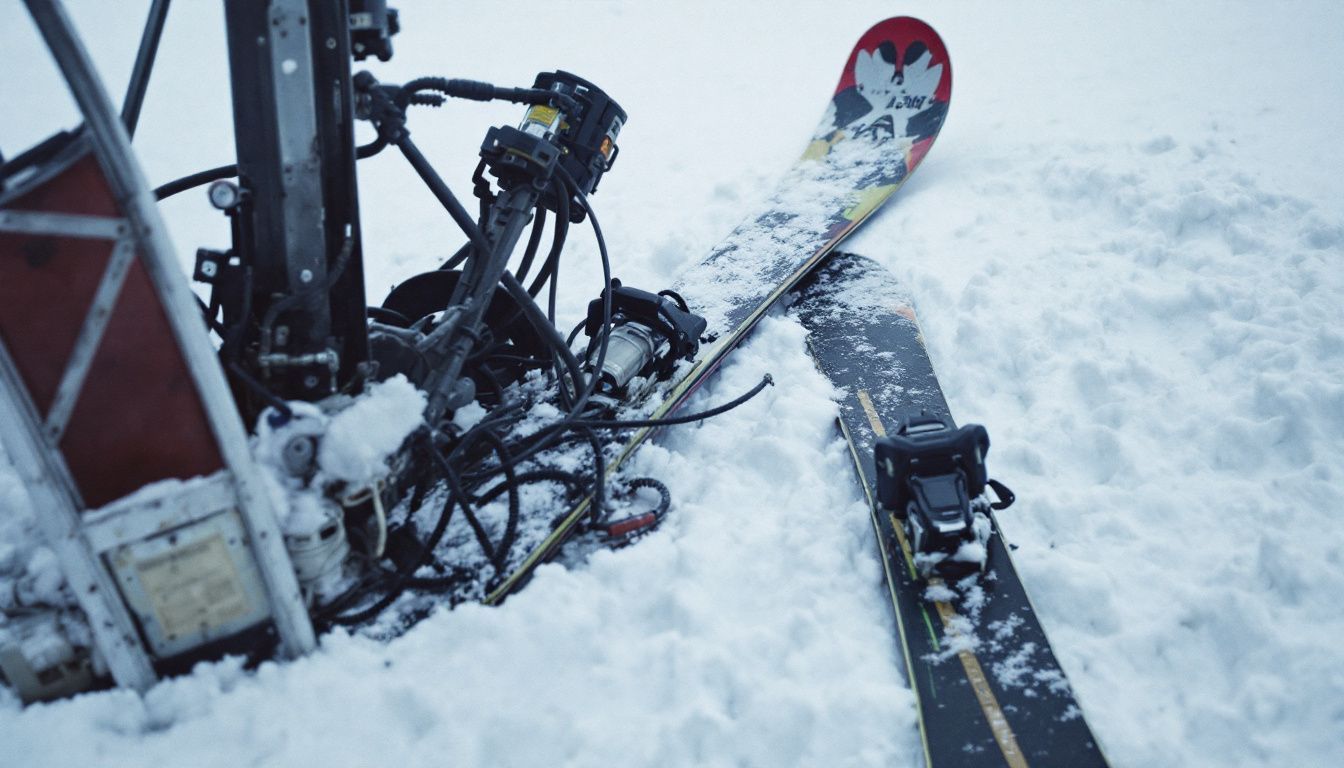Ski accidents can leave victims confused about who’s at fault. Equipment failures and user mistakes both play roles in these incidents. This article will help you understand the difference between equipment malfunction and user error in ski accidents.
We’ll explore how to determine liability in these cases.
Key Takeaways
- Ski accidents can result from equipment malfunctions (like faulty skis, bindings, or lifts) or user errors (such as ignoring safety codes or overestimating skills).
- The Skier Responsibility Code outlines key safety rules; breaking these in Colorado can lead to fines up to $1,000.
- Ski resorts must maintain safe premises, provide proper signage, train staff, and regularly inspect equipment to fulfill their legal responsibilities.
- Evidence collection, including photos, witness statements, and ski patrol reports, is crucial in determining liability for ski accidents.
- Insurance plays a vital role in ski accident cases, with homeowner’s, product liability, and personal liability coverage potentially applying based on the accident’s cause.
Equipment Malfunction: Common Causes

Equipment failures can lead to serious ski accidents. Faulty skis, bindings, or lifts often cause these issues. Skis may break or lose their edges, making control difficult. Bindings might release too early or not at all, leading to falls.
Ski lifts can malfunction, causing riders to fall or get stuck. These problems often stem from poor maintenance or manufacturing defects.
Ski resorts must check and maintain their equipment regularly. This includes inspecting lifts, rental gear, and safety devices. Manufacturers also play a key role in preventing malfunctions.
They must design and produce safe, reliable equipment. Skiers should inspect their gear before hitting the slopes. Looking for wear, damage, or loose parts can help prevent accidents.
If equipment fails, it’s crucial to document the issue for any future legal claims.
User Error: Common Mistakes on the Slopes
Skiers often make mistakes that lead to accidents on the slopes. These errors can result in personal injury and legal liabilities for the skier.
- Ignoring the Skier Responsibility Code: Many downhill skiers fail to follow this crucial safety guide. It outlines rules like yielding to skiers ahead and staying in control.
- Overestimating skill level: Novice skiers sometimes attempt runs beyond their ability. This increases the risk of crashes and injuries.
- Skiing too fast: Speeding on crowded slopes raises the chance of collisions. The uphill skier must always maintain control and avoid hitting others.
- Not checking equipment: Faulty gear can cause accidents. Skiers should inspect their equipment before hitting the slopes.
- Skiing under the influence: Alcohol and drugs impair judgment and reflexes. This reckless behavior puts the skier and others at risk.
- Ignoring trail signs: Skiers who disregard warnings about closed trails or hazards face increased danger.
- Not watching for obstacles: Trees, rocks, and other skiers pose risks. Skiers must stay alert to avoid collisions.
- Poor lift etiquette: Careless behavior on ski lifts can lead to falls and injuries. Skiers should follow proper loading and unloading procedures.
- Skiing out of bounds: Venturing into unmarked areas increases the risk of avalanches and getting lost.
- Not using proper safety gear: Helmets and other protective equipment can reduce injury severity in crashes.
Evaluating Fault: Key Factors
Moving from common user errors, we now focus on key factors in fault evaluation. Ski accident cases often involve complex liability issues. Experts look at several elements to determine who bears responsibility.
These include adherence to the Skier Responsibility Code, evidence of negligence or recklessness, and proper maintenance of equipment and slopes.
Safety on the slopes is a shared responsibility between skiers and resorts.
Fault determination hinges on proving negligence or recklessness. Violations of the Skier Responsibility Code can indicate careless behavior. Ski resorts must show they took reasonable care in maintaining safe conditions.
Evidence collection plays a crucial role in these cases. Photos, witness statements, and expert opinions help build a strong case. Legal waivers signed before skiing can limit resort liability, adding another layer to fault assessments.
Comparing Negligence vs. Recklessness
Negligence and recklessness play key roles in ski accident liability. Negligence occurs when someone fails to act with reasonable care. For example, a skier who doesn’t check their equipment before hitting the slopes might be negligent.
Recklessness, on the other hand, involves a conscious disregard for safety. A snowboarder who speeds through a crowded area shows reckless behavior.
Courts weigh these factors differently when determining fault in ski accidents. Negligent actions may result in shared liability, while reckless behavior often places full blame on the offender.
The Skier Responsibility Code guides these decisions, outlining expected conduct for winter sports enthusiasts. Proving either negligence or recklessness requires solid evidence, including injury documentation and incident reports from the ski area.
Legal Responsibilities of Skiers and Snowboarders
Skiers and snowboarders must follow the Skier Responsibility Code to ensure safety on the slopes. This code outlines key duties that impact liability in case of accidents.
- Know and obey posted rules: Skiers must read and follow all signs and warnings at ski resorts. Ignoring these can lead to fines up to $1,000 in Colorado.
- Stay in control: Riders must maintain speed and direction control at all times. Loss of control can result in crashes and injuries to others.
- Yield to downhill traffic: Uphill skiers must give way to those below them. This rule helps prevent collisions on busy slopes.
- Stop safely: Riders should only stop where visible from above and not obstruct trails. Sudden stops can cause dangerous pile-ups.
- Use safety devices: Skiers must use proper restraining devices to prevent runaway equipment. Loose skis or boards can injure others on the mountain.
- Observe right-of-way: Merging onto trails or starting downhill requires yielding to others. Failure to do so can lead to crashes and legal issues.
- Provide aid: Skiers involved in collisions must stop and render assistance. Leaving an accident scene may result in criminal charges.
- Respect closures: Riders must not enter closed areas or trails. Violating closures puts rescuers at risk and may lead to fines.
- Know your limits: Skiers should choose trails that match their ability level. Attempting advanced runs beyond skill level increases accident risk.
- Be visible: Riders must stay visible and avoid blind spots, especially near trail edges. This helps prevent surprise collisions with other skiers.
The next section will explore the legal responsibilities of ski resorts in maintaining safe conditions for visitors.
Legal Responsibilities of Ski Resorts
Ski resorts bear significant legal duties to ensure guest safety. These duties stem from their role as property owners and service providers.
- Maintain safe premises: Ski resorts must keep their grounds, buildings, and equipment in good condition. This includes fixing hazards, clearing ice, and repairing broken facilities.
- Provide proper signage: Clear warnings and trail markers help skiers avoid dangers. Resorts must post signs about trail difficulty, closures, and potential risks.
- Train staff adequately: Employees need proper training to handle emergencies and assist guests. This covers ski patrol, lift operators, and other resort workers.
- Inspect and maintain equipment: Regular checks on lifts, snow machines, and rental gear are crucial. Faulty equipment can lead to serious accidents and legal issues.
- Implement safety protocols: Resorts must have plans for emergencies like avalanches or severe weather. These protocols should be updated and practiced regularly.
- Comply with industry standards: Ski areas must follow guidelines set by organizations like the National Ski Areas Association. This ensures a baseline of safety across resorts.
- Carry proper insurance: Adequate coverage protects both the resort and injured guests. Insurance helps cover medical costs and potential legal fees.
- Respond promptly to accidents: Quick action after an incident can prevent further harm. Ski patrol should be ready to assist and document accidents properly.
- Manage crowds and traffic: Resorts must control guest flow to avoid overcrowding on slopes or lifts. This reduces collision risks and improves overall safety.
- Provide accurate information: Guests need honest details about conditions, trail status, and potential risks. Misleading info can lead to accidents and legal trouble.
Evidence Collection in Ski Accident Cases
Evidence collection plays a vital role in ski accident cases. Gathering proof starts right after an injury occurs. Injured skiers should seek medical help and report the incident to resort staff immediately.
Photos of the accident scene, equipment, and injuries are crucial. Witness statements and contact information add weight to the case. Ski patrol reports often contain key details about conditions and the incident itself.
Preserving damaged equipment can help experts determine if a malfunction occurred.
Thorough evidence collection supports claims against liable parties. These may include ski resorts, equipment makers, or other skiers. In Colorado, injured parties have two years to file a lawsuit.
This time limit makes quick and complete evidence gathering essential. Insurance companies rely on solid proof to assess claims. Personal injury lawyers use this evidence to build strong cases for their clients.
The next section will explore the role of insurance in ski accident liability.
Role of Insurance in Ski Accident Liability
After gathering evidence, understanding insurance becomes crucial. Insurance plays a key role in ski accident liability cases. Homeowner’s insurance often covers ski accidents, but coverage may differ based on the accident’s cause.
For equipment malfunctions, product liability insurance might apply. In cases of user error, personal liability coverage could come into play.
Insurance companies assess claims based on the details of each case. They look at factors like negligence, assumption of risk, and any signed waivers. The insurer may offer a settlement or deny the claim outright.
If negotiations fail, legal action might follow. Skiers should review their insurance policies before hitting the slopes to understand their coverage limits and potential liabilities.
Further Considerations
Further considerations in ski accident cases include skier responsibility and legal representation. Learn more about these crucial aspects to protect your rights on the slopes.
Importance of the Skier Responsibility Code
The Skier Responsibility Code serves as a vital guide for safe skiing practices. This code outlines key rules that skiers must follow to prevent accidents and reduce liability risks.
In Colorado, breaking these rules can lead to hefty fines of up to $1,000. The code covers important safety measures such as controlling speed, yielding to others, and staying alert to hazards.
Skiers who follow the code protect themselves and others from harm. They also shield themselves from legal trouble if an accident occurs. Ski resorts often post the code in visible areas to remind visitors of their duties.
Learning and sticking to these rules helps create a safer environment for everyone on the slopes.
How to Choose a Ski Accident Lawyer
Selecting the right lawyer for a ski accident case is crucial. Look for an attorney with deep knowledge of the Colorado Ski Safety Act and local liability laws. This expertise helps them navigate the complex issues of negligence and equipment failures in ski accidents.
A lawyer’s track record in similar cases shows their ability to handle your claim effectively. They should also stress the importance of quick action after an accident, like getting medical help and filing reports.
These steps can greatly impact your case’s outcome.
Your chosen lawyer must excel at gathering and presenting evidence related to ski accidents. This skill is key to proving fault and securing fair compensation. Opt for a legal pro who understands the unique aspects of ski accident liability, including resort responsibilities and skier duties.
Their grasp of these details can make a big difference in your case’s success.
Conclusion
Ski accident liability hinges on careful analysis of equipment issues and user actions. Skiers must follow safety rules and use gear properly. Resorts must maintain slopes and equipment to high standards.
Proving fault requires solid evidence and often legal help. Understanding these factors helps skiers stay safe and know their rights on the slopes.
For insights on safety in other adventurous activities, consider reading about the top 10 most common causes of motorcycle accidents and how to prevent them.
FAQs
1. How do ski resorts handle liability for accidents?
Ski resorts have a duty of care to guests. They must maintain safe conditions and control avalanches. However, skiers assume some risk when they hit the slopes. Resorts may not be liable for all accidents. It depends on whether they acted negligently or if the skier made an error.
2. What role does equipment malfunction play in ski accident liability?
Faulty gear can lead to injuries on the slopes. If equipment fails due to defective products, the manufacturer may be liable. Ski resorts might share blame if they provided faulty rental gear. Personal injury attorneys can help determine who’s at fault in these cases.
3. How does the Americans with Disabilities Act affect ski resort liability?
The ADA requires ski resorts to accommodate guests with disabilities. Failure to do so could result in legal liability. Resorts must provide reasonable access to slopes and facilities. This law aims to ensure equal enjoyment for all skiers, regardless of ability.
4. Can homeowner’s insurance cover ski accident damages?
Yes, homeowner’s insurance might cover ski accident damages. This applies if you’re found liable for injuring someone while skiing. It’s important to check your policy details. Some plans may exclude certain winter sports activities.
5. What’s the difference between negligence and gross negligence in ski accidents?
Negligence occurs when someone fails to use reasonable care. Gross negligence involves a higher degree of carelessness. In ski accidents, gross negligence might include a resort’s failure to mark dangerous areas. Regular negligence could be a skier’s failure to follow basic safety rules. The distinction affects liability and potential damages.

